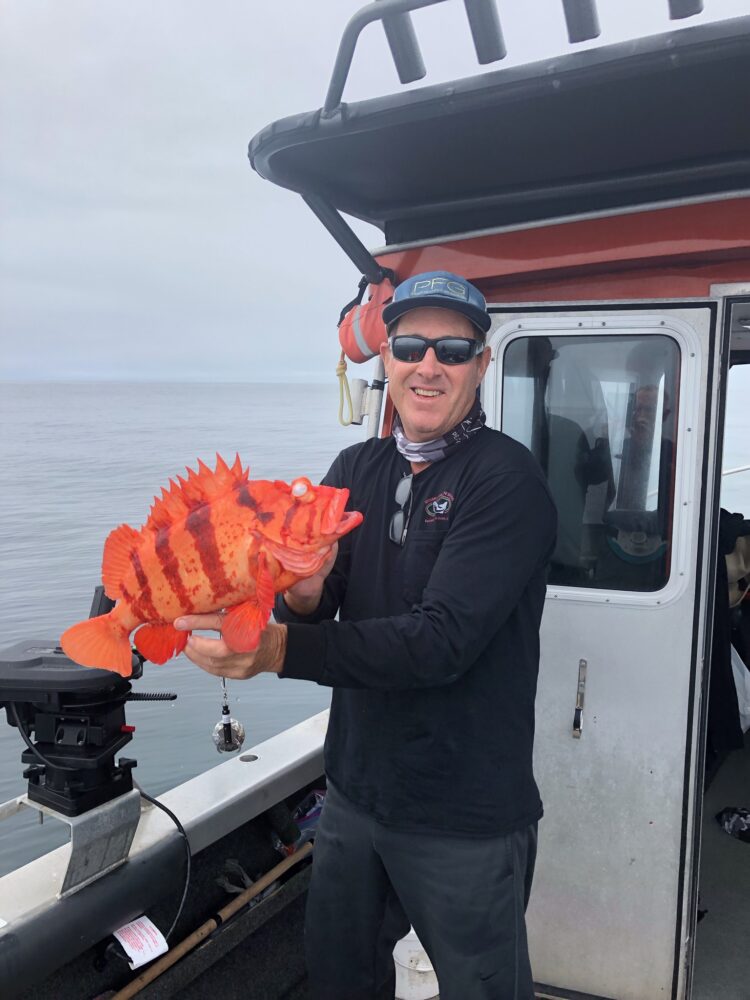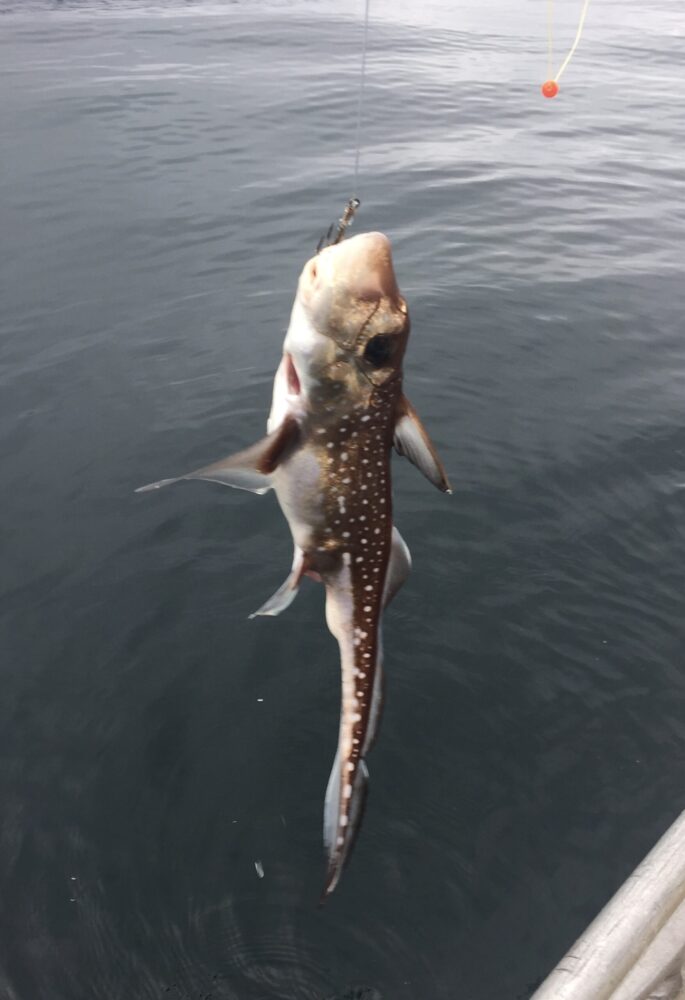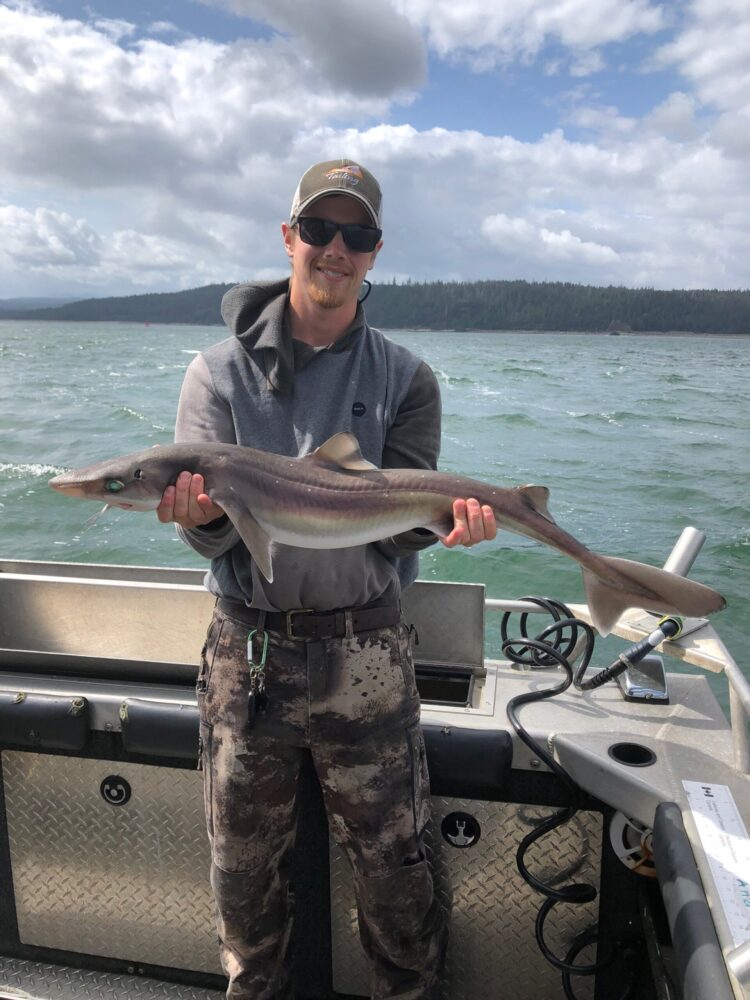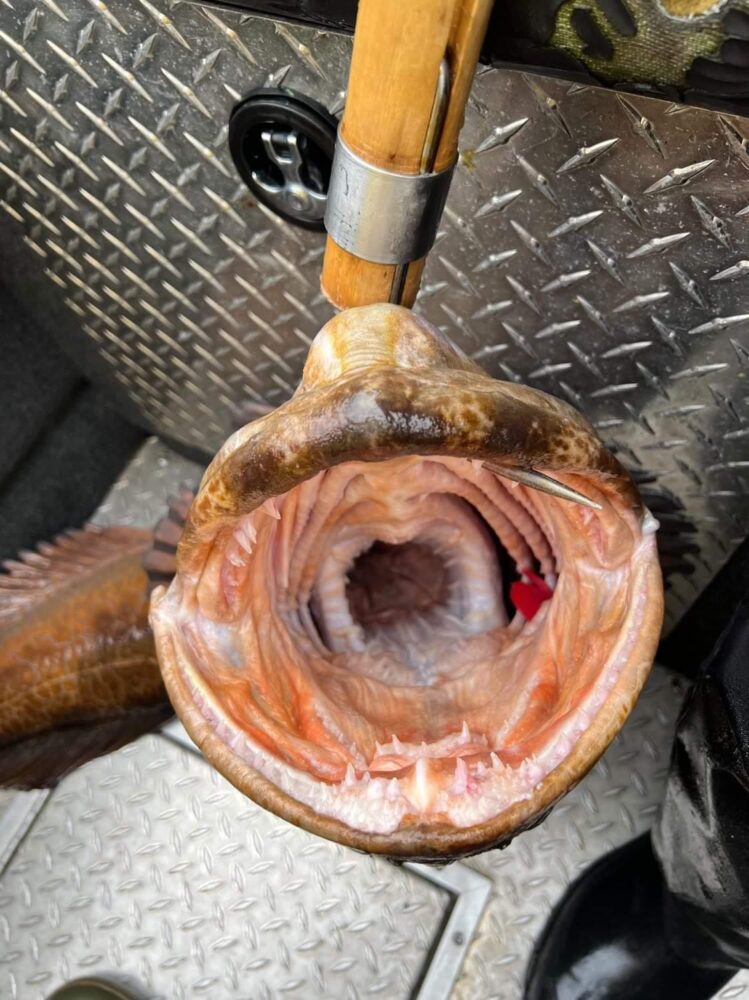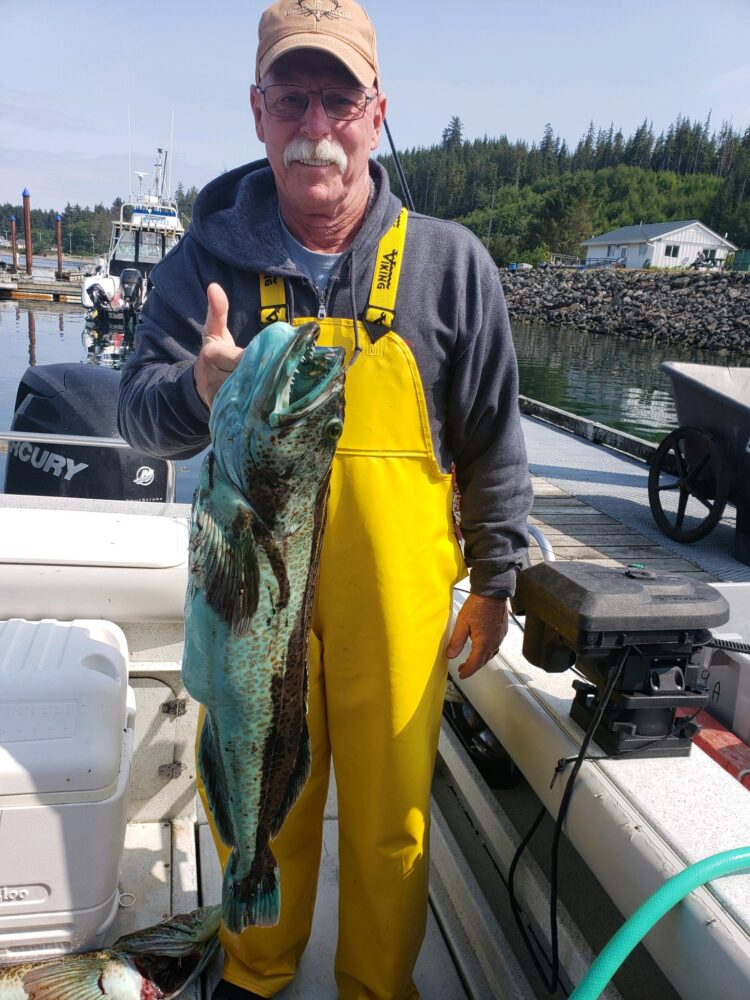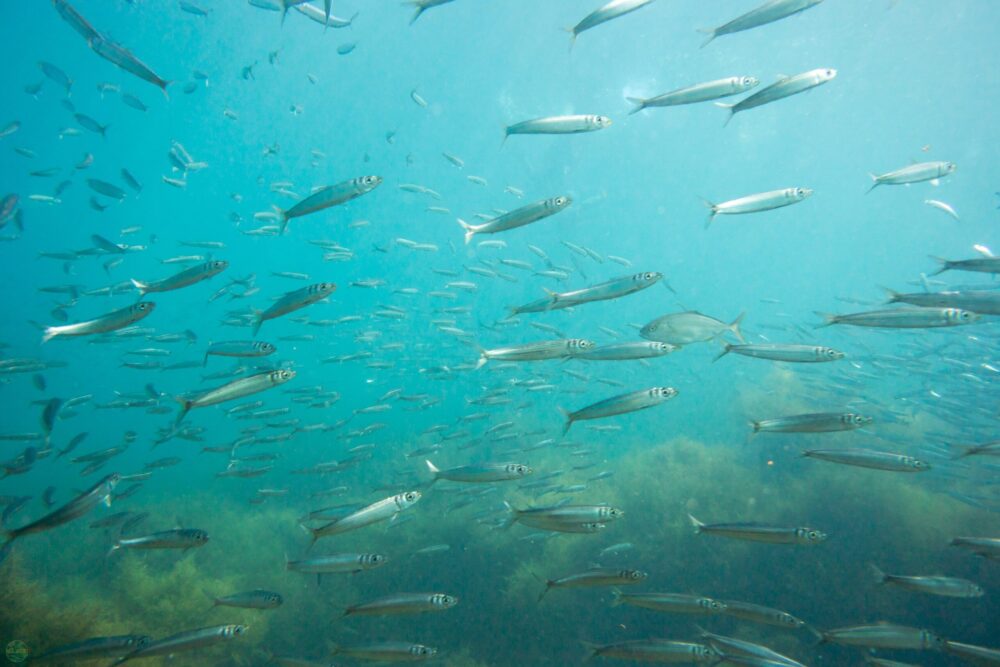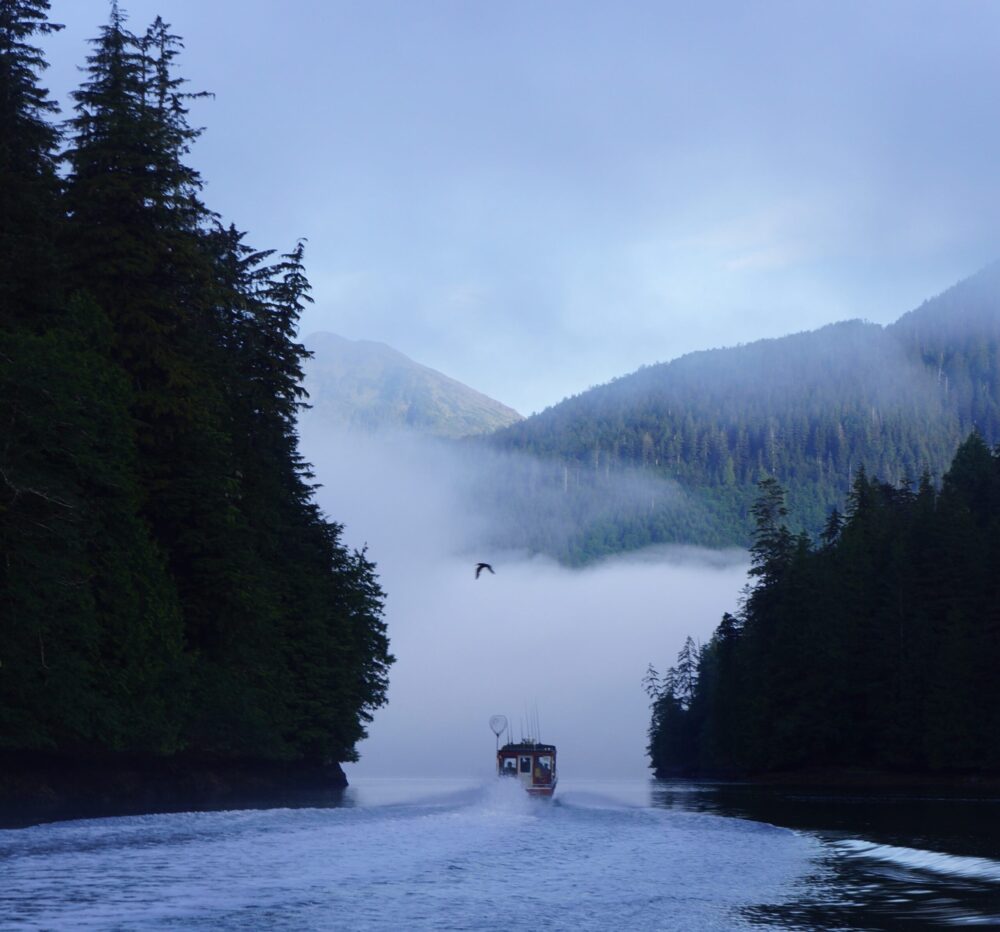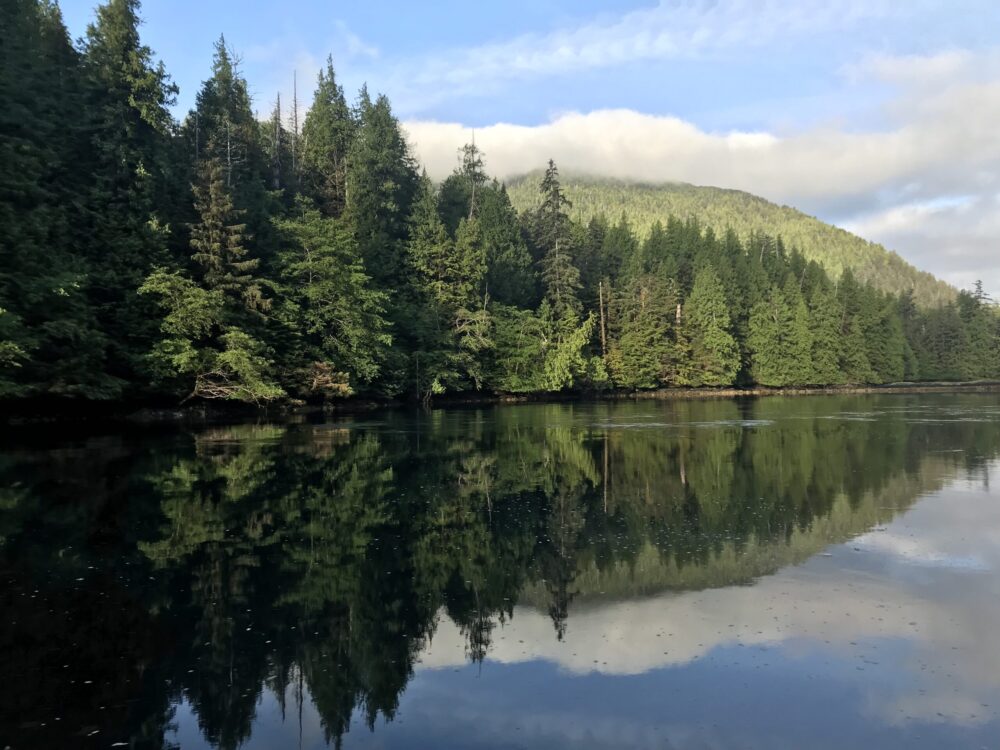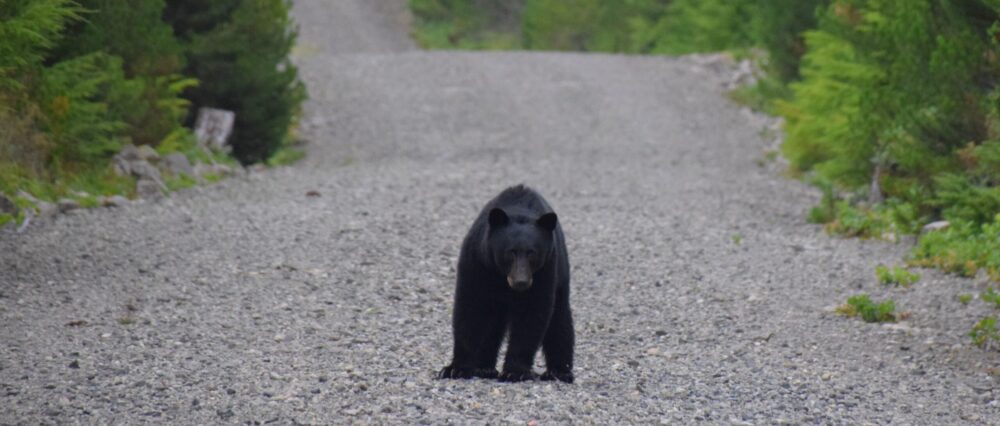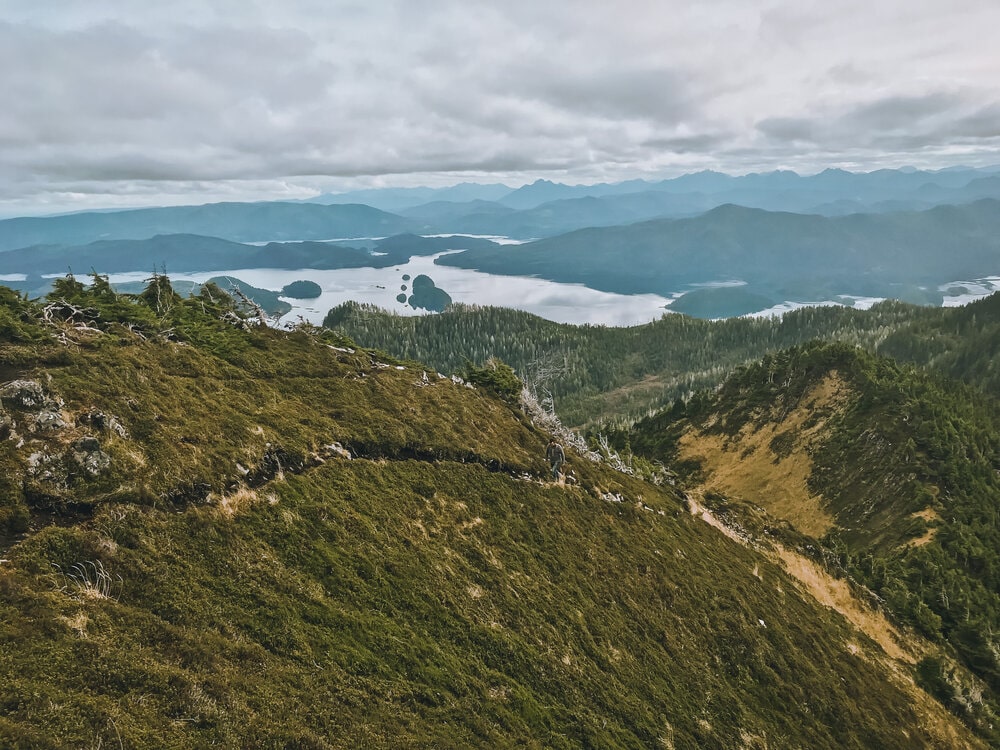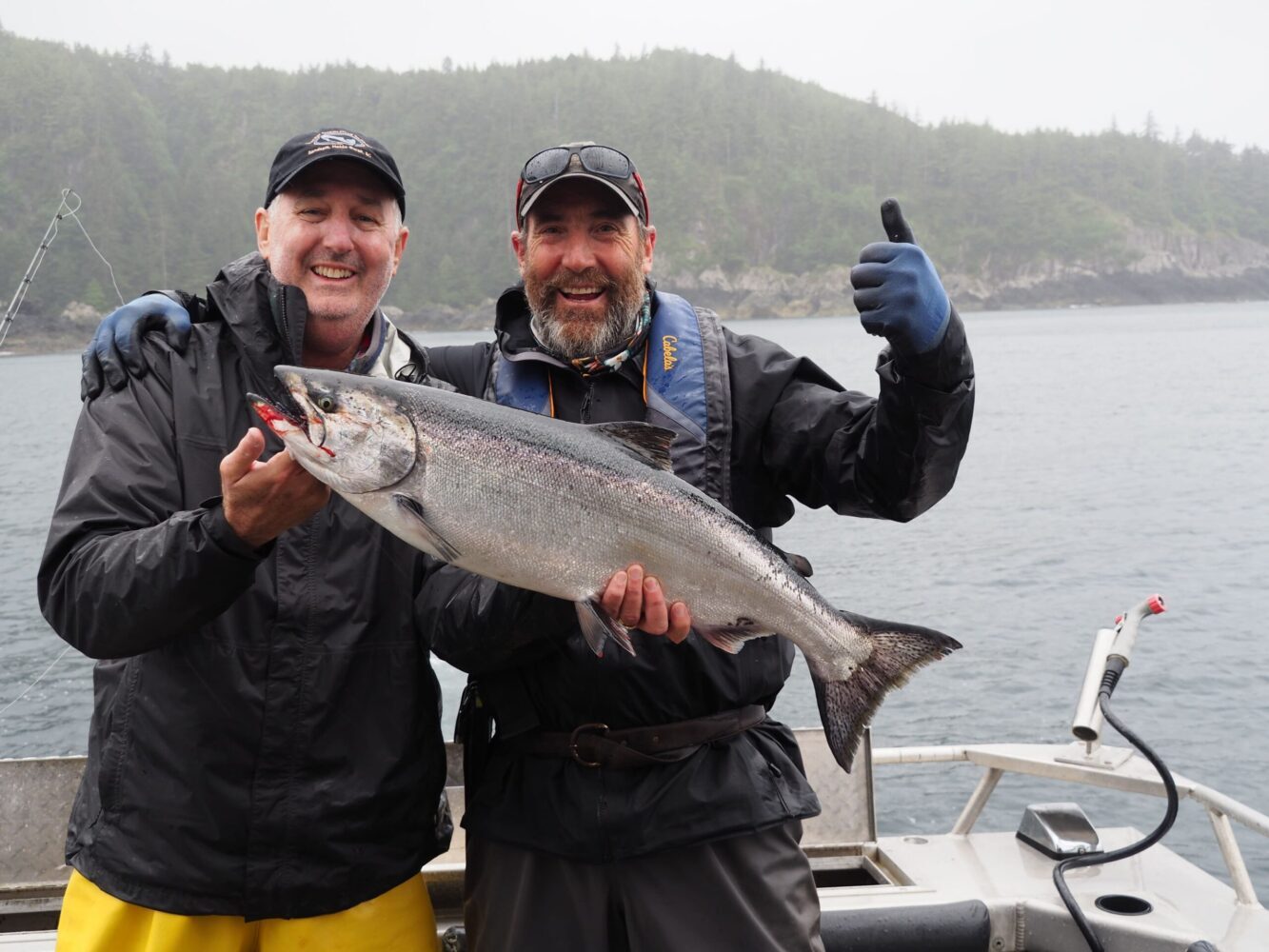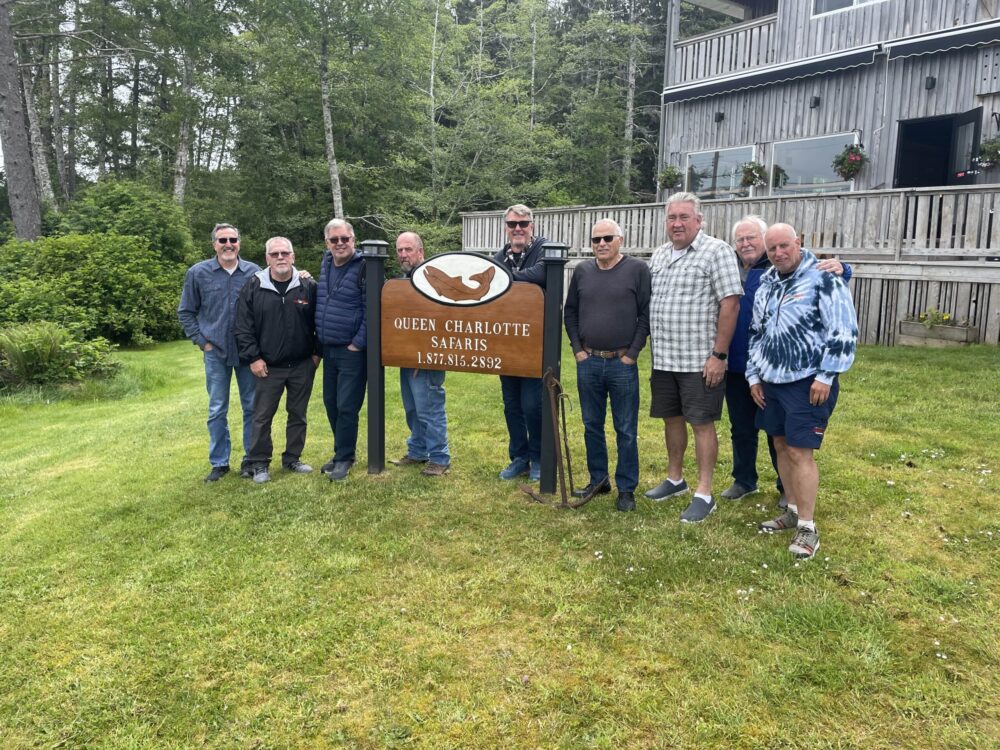
“The service at the lodge and the hands-on friendliness of owner Valerie Hoperich. Valerie has been doing this for years and she brings a welcoming touch to the lodge that was not lost on many of the guests there. Little things like a warm bowl of homemade soup waiting for you when you came in off the boat were a huge hit.” -Shawn Arnold
Shawn Arnold of Fish Taco Chronicles has been great friends with Valerie and her family for over 20 years. Last season, he brought up eight friends from Orange County with him to catch the early bird fishing in June. Shawn wrote an article about his adventures in Sandspit that came out Fall 2022. This article features stories about his experience catching halibut as well as his favorite features provided by our lodge. Check out the link below to view the full article!
